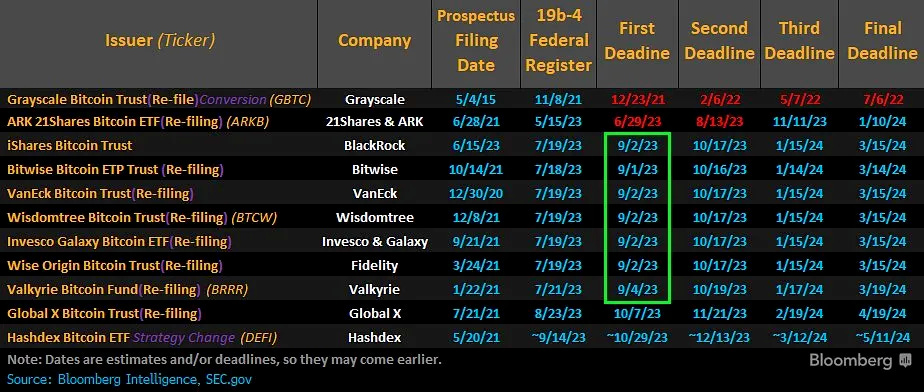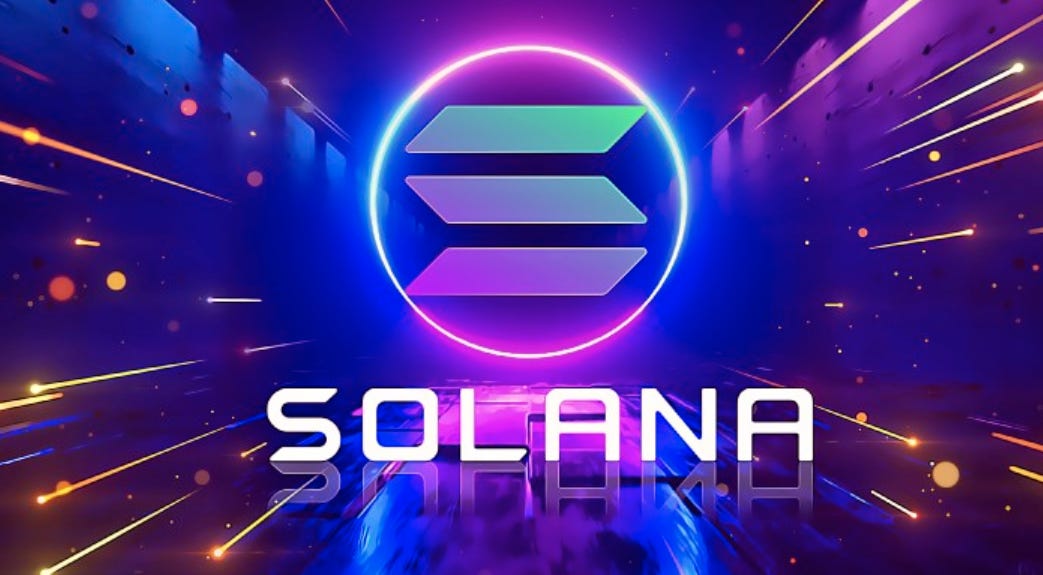

Overall, Solana's scalability and affordability make it a promising contender in the cryptocurrency space, despite its issues. It remains a viable alternative to the Ethereum network and when activity picks up during the next bull run it could take considerable market share from ETH as a faster and more cost-effective option.
